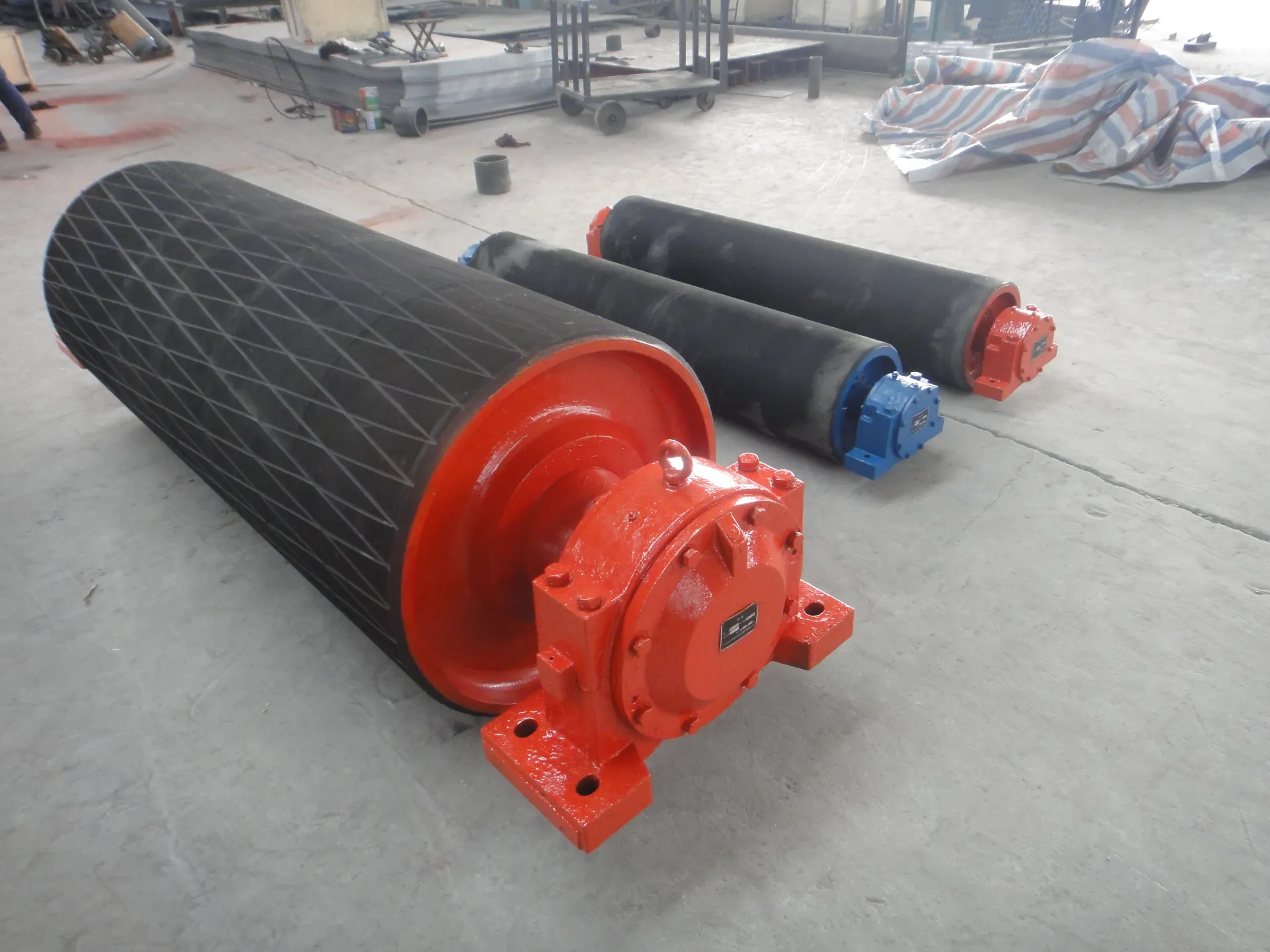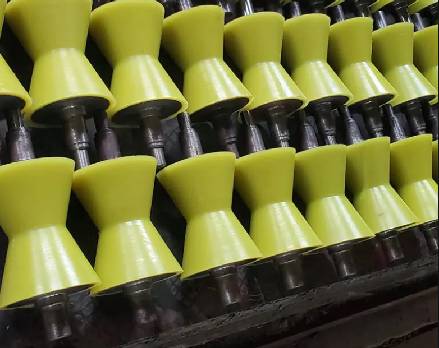 Afrikaans
Afrikaans  Albanian
Albanian  Amharic
Amharic  Arabic
Arabic  Armenian
Armenian  Azerbaijani
Azerbaijani  Basque
Basque  Belarusian
Belarusian  Bengali
Bengali  Bosnian
Bosnian  Bulgarian
Bulgarian  Catalan
Catalan  Cebuano
Cebuano  Corsican
Corsican  Croatian
Croatian  Czech
Czech  Danish
Danish  Dutch
Dutch  English
English  Esperanto
Esperanto  Estonian
Estonian  Finnish
Finnish  French
French  Frisian
Frisian  Galician
Galician  Georgian
Georgian  German
German  Greek
Greek  Gujarati
Gujarati  Haitian Creole
Haitian Creole  hausa
hausa  hawaiian
hawaiian  Hebrew
Hebrew  Hindi
Hindi  Miao
Miao  Hungarian
Hungarian  Icelandic
Icelandic  igbo
igbo  Indonesian
Indonesian  irish
irish  Italian
Italian  Japanese
Japanese  Javanese
Javanese  Kannada
Kannada  kazakh
kazakh  Khmer
Khmer  Rwandese
Rwandese  Korean
Korean  Kurdish
Kurdish  Kyrgyz
Kyrgyz  Lao
Lao  Latin
Latin  Latvian
Latvian  Lithuanian
Lithuanian  Luxembourgish
Luxembourgish  Macedonian
Macedonian  Malgashi
Malgashi  Malay
Malay  Malayalam
Malayalam  Maltese
Maltese  Maori
Maori  Marathi
Marathi  Mongolian
Mongolian  Myanmar
Myanmar  Nepali
Nepali  Norwegian
Norwegian  Norwegian
Norwegian  Occitan
Occitan  Pashto
Pashto  Persian
Persian  Polish
Polish  Portuguese
Portuguese  Punjabi
Punjabi  Romanian
Romanian  Russian
Russian  Samoan
Samoan  Scottish Gaelic
Scottish Gaelic  Serbian
Serbian  Sesotho
Sesotho  Shona
Shona  Sindhi
Sindhi  Sinhala
Sinhala  Slovak
Slovak  Slovenian
Slovenian  Somali
Somali  Spanish
Spanish  Sundanese
Sundanese  Swahili
Swahili  Swedish
Swedish  Tagalog
Tagalog  Tajik
Tajik  Tamil
Tamil  Tatar
Tatar  Telugu
Telugu  Thai
Thai  Turkish
Turkish  Turkmen
Turkmen  Ukrainian
Ukrainian  Urdu
Urdu  Uighur
Uighur  Uzbek
Uzbek  Vietnamese
Vietnamese  Welsh
Welsh  Bantu
Bantu  Yiddish
Yiddish  Yoruba
Yoruba  Zulu
Zulu Accessory Drive Belt Tensioner Pulley Durable OEM Replacement
- Understanding the Role of Accessory Drive Belt Tensioner Pulleys
- Technical Innovations in Modern Tensioner Systems
- Performance Metrics: Durability and Efficiency
- Comparative Analysis of Leading Manufacturers
- Custom Solutions for Specific Automotive Needs
- Real-World Applications and Success Stories
- Maintenance Tips for Accessory Drive Belt Tensioner Pulleys

(accessory drive belt tensioner pulley)
Understanding the Role of Accessory Drive Belt Tensioner Pulleys
The accessory drive belt tensioner pulley
is a critical component in maintaining optimal performance of a vehicle's serpentine belt system. By applying precise pressure to the belt, it prevents slippage, reduces wear, and ensures efficient power transfer to alternators, water pumps, and other engine accessories. Modern tensioner pulleys integrate advanced bearing technologies and polymer composites to withstand temperatures exceeding 300°F and rotational speeds over 6,000 RPM.
Technical Innovations in Modern Tensioner Systems
Leading manufacturers now employ laser-aligned pulley grooves and dual-sealed ball bearings to achieve 98% friction reduction compared to traditional designs. For instance, graphene-infused nylon composites increase component lifespan by 40% while reducing weight by 22%. These innovations enable tensioners to maintain ±2% belt tension accuracy across 150,000-mile service intervals.
Performance Metrics: Durability and Efficiency
Third-party testing reveals that premium tensioner pulleys demonstrate 72% lower failure rates in extreme conditions (-40°F to 400°F) versus economy-grade alternatives. Energy efficiency gains of 15% have been documented through reduced belt vibration, directly translating to 1.8% improvement in fuel economy for mid-sized sedans.
Comparative Analysis of Leading Manufacturers
| Brand | Material | Bearing Type | MTBF (Hours) | Max Load (lbs) | Warranty |
|---|---|---|---|---|---|
| Gates HD | Carbon-aramid | Double-row | 12,000 | 1,850 | 5 years |
| Dayco Pro | Steel-polymer | Tapered | 9,500 | 1,600 | 3 years |
| ACDelco OE | Forged alloy | Ball-bearing | 15,000 | 2,100 | 7 years |
Custom Solutions for Specific Automotive Needs
Specialized tensioner pulley configurations now address unique requirements:
- High-torque diesel variants with 30% increased spring preload
- Corrosion-resistant marine editions using 316L stainless steel
- Low-profile designs for hybrid vehicle compartments
These custom solutions typically deliver 18-25% longer service life compared to universal fitments.
Real-World Applications and Success Stories
A fleet operator reported 63% reduction in belt-related breakdowns after upgrading to premium tensioner pulleys across 450 commercial vehicles. In motorsport applications, a racing team achieved 19% faster accessory response times through optimized pulley geometries and surface-hardening treatments.
Maintenance Tips for Accessory Drive Belt Tensioner Pulleys
Regular inspection of accessory drive belt tensioner pulleys should follow OEM-recommended 15,000-mile intervals. Key indicators for replacement include:
- Audible bearing noise exceeding 68 dB at 6" distance
- Visible pulley wobble exceeding 0.5mm radial play
- Belt tension variance beyond ±15% specification
Proactive maintenance can prevent 89% of serpentine system failures according to SAE research data.

(accessory drive belt tensioner pulley)
FAQS on accessory drive belt tensioner pulley
Q: What is the function of an accessory drive belt tensioner pulley?
A: The accessory drive belt tensioner pulley maintains proper tension on the drive belt, ensuring smooth power transfer to engine components like the alternator and power steering pump. It reduces slippage and wear by automatically adjusting belt tension.
Q: How do I know if my drive belt tensioner pulley is failing?
A: Common signs include squeaking or grinding noises, visible belt wear, or misalignment. A wobbly pulley or irregular belt movement also indicates a faulty tensioner pulley needing replacement.
Q: Can I replace the accessory drive belt tensioner pulley separately from the tensioner?
A: Yes, if the tensioner itself is functional, the pulley can often be replaced independently. Check the tensioner’s condition for wear or damage before reusing it with a new pulley.
Q: How often should I inspect the accessory drive belt tensioner and pulley?
A: Inspect them every 60,000-100,000 miles or during routine maintenance. Immediate checks are needed if you notice noise, belt fraying, or reduced accessory performance.
Q: What tools are needed to replace a drive belt tensioner pulley?
A: Basic tools include a socket wrench, breaker bar, and the correct-sized socket for the tensioner bolt. Some vehicles may require a pulley removal tool or torque wrench for precise installation.
-
Revolutionizing Conveyor Reliability with Advanced Rubber Lagging PulleysNewsJul.22,2025
-
Powering Precision and Durability with Expert Manufacturers of Conveyor ComponentsNewsJul.22,2025
-
Optimizing Conveyor Systems with Advanced Conveyor AccessoriesNewsJul.22,2025
-
Maximize Conveyor Efficiency with Quality Conveyor Idler PulleysNewsJul.22,2025
-
Future-Proof Your Conveyor System with High-Performance Polyurethane RollerNewsJul.22,2025
-
Driving Efficiency Forward with Quality Idlers and RollersNewsJul.22,2025





























